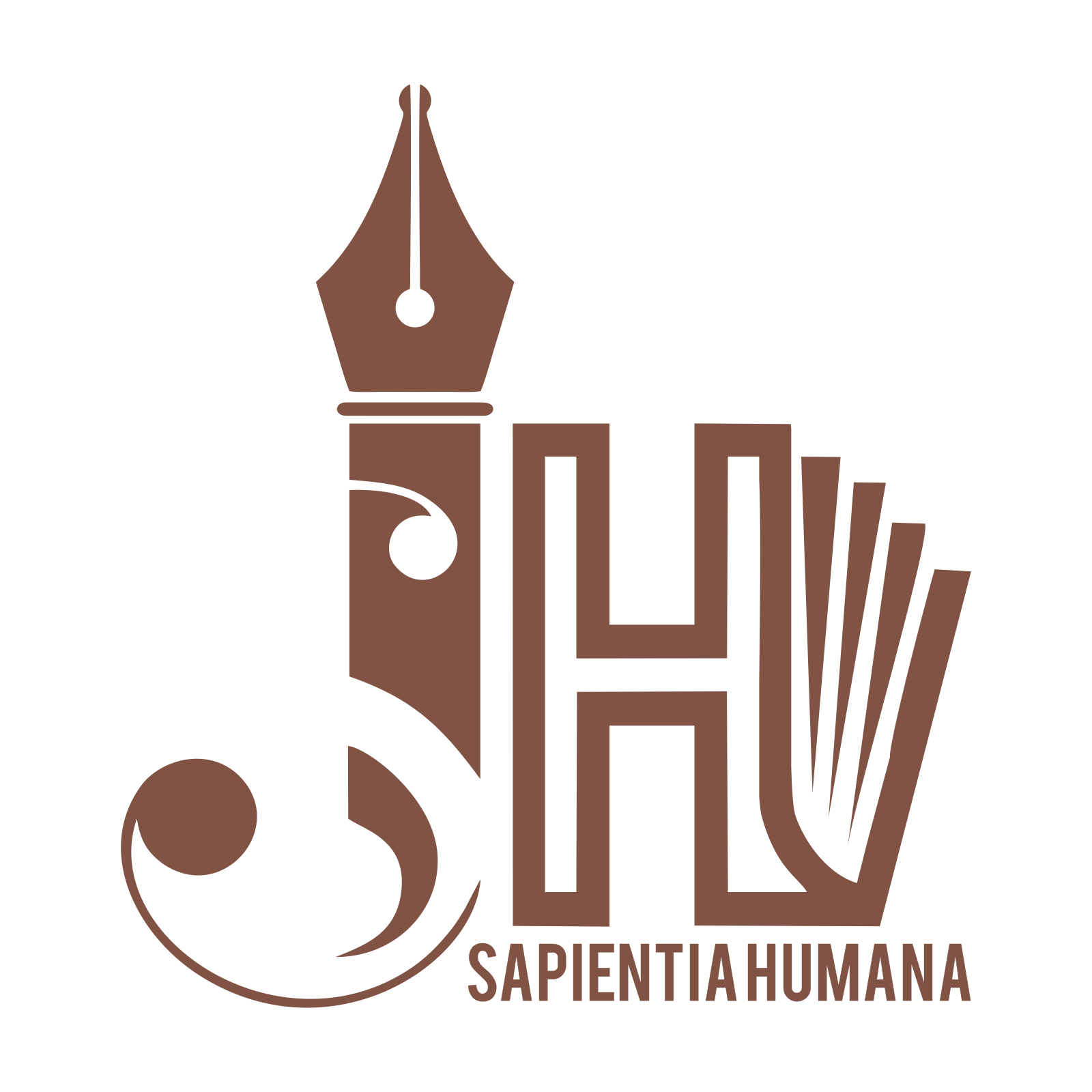Eksistensi Tarian Kuda Lumping pada Masyarakat Sunda Berdasarkan Dimensi Tri Tangtu: Sebuah Kajian Hermeneutik
DOI:
https://doi.org/10.26593/jsh.v3i01.6764Keywords:
Kuda Lumping Tarian tradisional Masyarakat Sunda Tri Tangtu HermeneutikaAbstract
Kuda Lumping or ébég is a typical Sundanese traditional dance that requires the presence of spontaneity when it is played. In it, the elements of profane from the dance and the elements of sacred from its rituals are combined as a medium for the manifestation of the spiritual to the material. It is said that spiritual power is present in the human world through this spontaneity. This is why trance often occurs in the riders of Kuda Lumping as a medium for the presence of spiritual power. The Sundanese people with the Tri Tangtu philosophy believe that mediation through Kuda Lumping is a way for the community to communicate with Sang Hyang or Batara Tunggal. In this paper, the exploration of cultural hermeneutic studies on the Kuda Lumping dance will be discussed based on the dimensions of Tri Tangtu.
References
Ahmad, H. A. (2018). The belief in the existence of supernatural beings in the community of Moslem Sundanese. Journal of Arts and Humanities, 7(4), 11-21. http://dx.doi.org/10.18533/journal.v7i4.1375
Alexandri, M. B., Maulina, E., Chan, A., & Sumadinata, R. W. (2019). Creative industries: Existence of arts traditional industries in Indonesia. Academy of Strategic Management Journal, 18(1), 1-12.
Baal, J. V. (2010). Sejarah dan Pertumbuhan Teori Antropologi Budaya. Jakarta: Gramedia.
Bagus, L. (1996). Kamus Filsafat, Yogyakarta: PT Gramedia.
Bakker, A & Zubair, A C. (1990). Metodologi Penelitian Filsafat, Yogyakarta: Kanisius.
Grondin, J. (2007). Sejarah Hermeneutika Dari Plato Sampai Gadamer, Yogyakarta: AR-RUZZ MEDIA.
Hardiman, B. (2015). Seni Memahami. Yogyakarta: Kanisius
Irianti, A. M. (2016). The development of Jathilan performance as an adaptive strategy used by Javanese farmers. Harmonia: Journal of Arts Research and Education, 16(1), 38-48. https://doi.org/10.15294/harmonia.v16i1.5213
Ishiguro, M. A. (2019). Ratoeh Jaroe: Islam, youth, and popular dance in Jakarta, Indonesia. Yearbook for Traditional Music, 51, 73-101. https://doi.org/10.1017/ytm.2019.10
Jurriens, E. (2018). Art is capital: Between cultural memory and the creative industry. Art & the Public Sphere, 7(1), 46-62.
Kluckhohn, C. (1953). Universal Categories of Culture. Chicago: University of Chicago Press.
Koentjaraningrat. (1997). Pengantar Antropologi II: Pokok-Pokok Ethnografi. PT Rineka Cipta.
Kuswandi, & Maulana, S. (2014). Kesenian Kuda Lumping di Desa Banjaranyar Kecamatan Banjarsari Kabupaten Ciamis. Jurnal Artefak, 2(1), 87-94.
Matusky, P. (2020). Performing the arts of Indonesia: Malay identity and politics in the music, dance, and theater of the Riau Islands (M. Kartomi, Ed.). Asian Music, 51(2), 161-164. https://doi.org/10.1353/amu.2020.0029
Nazir, M. (2003). Metode Penelitian. Jakarta: Ghalia Indonesia.
Palmer, R E. (1969). Hermeneutics: Interpretation Theory in Schleiermacher, Dilthey, Heidegger, and Gadamer. Evanston: Northwestern University Press.
Pujiastuti, E. E., Nimran, U., Suharyono, S., & Kusumawati, A. (2017). The antecedents of behavioral intention regarding rural tourism destination. Asia Pacific Journal of Tourism Research, 22(11), 1169-1181. https://doi.org/10.1080/10941665.2017.1377270
Rahmawati, E., & Putranta, H. (2020). The Exploration of Local Wisdom Values of Performing Arts: An Art of Kuda Lumping Serimpi. Humanities & Social Sciences Reviews, 8(5), 308-318.
Saputra, S. (1950). Baduy. Manuskrip.
Sumardjo, J. (2009). Kosmologi dan Pola Tiga Sunda. Imaji, 4(21), 101-110.
Sumardjo, J. (2010). Estetika Paradoks. Sunan Ambu.
Sumardjo, J. (2019). Struktur Filosofis Artefak Sunda. Kelir.
Sumaryono, E. (1999). Pustaka Filsafat HERMENEUTIK, Sebuah Metode Filsafat (Edisi Revisi). Kanisius.
WBTB KEMDIKBUD. (2010). Tari Kuda Lumping. Warisan Budaya Takbenda | Beranda. https://warisanbudaya.kemdikbud.go.id/?newdetail&detailCatat=624
Desa Bungkulan. (2021, April 1). TARIAN SANGHYANG JARAN BALI UTARA - Website Desa Bungkulan. Desa Bungkulan. http://bungkulan-buleleng.desa.id/index.php/first/artikel/136-TARIAN-SANGHYANG-JARAN-BALI-UTARA











